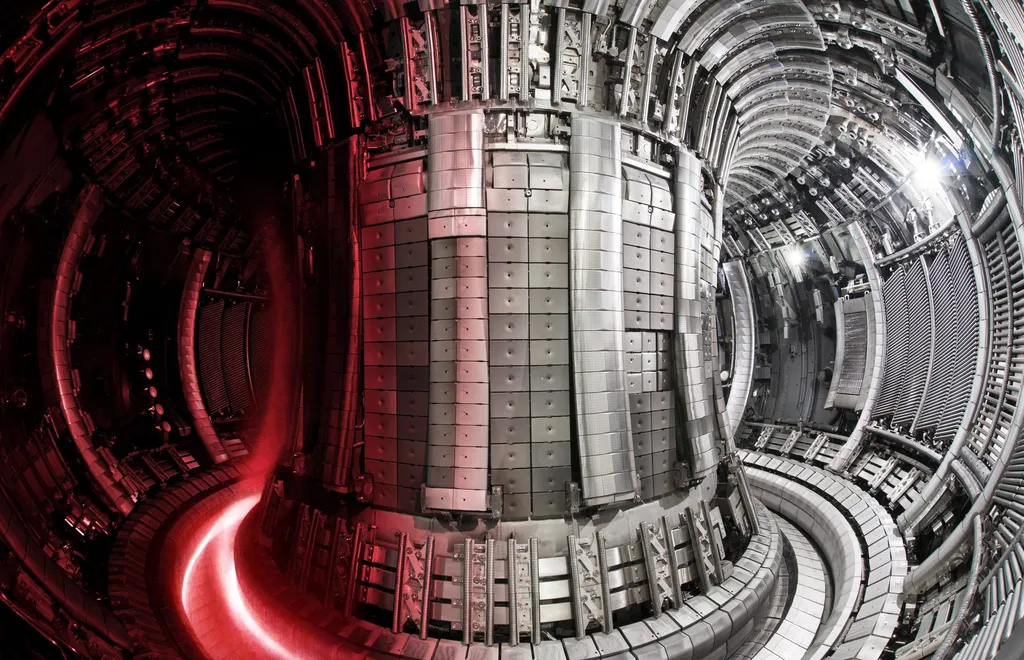In a significant stride toward advancing fusion energy technology, researchers have detailed the design of the IFMIF-DONES Irradiation Modules, a suite of systems poised to generate crucial data for the development of fusion reactors. Published in the journal *Nuclear Fusion* (formerly *Nuclear Fusion*), the research led by F. Arbeiter from the Karlsruhe Institute of Technology’s Institute for Neutron Physics and Reactor Technology (KIT-INR) in Germany, outlines five key modules that will be tested in the IFMIF-DONES facility. This facility aims to replicate the intense neutron irradiation conditions expected in the most demanding zones of the EU DEMO fusion reactor, a critical step in the commercialization of fusion energy.
The IFMIF-DONES Irradiation Modules are designed to produce a comprehensive set of experimental data associated with materials and structures intended for specific breeding blankets (BBs) under consideration for the EU DEMO reactor. These modules will expose materials to neutron fluence and spectra comparable to those anticipated in the reactor’s most exposed regions, providing invaluable insights into material performance and durability.
Among the modules described are the High Flux Test Module (HFTM), tailored for irradiating structural materials like Eurofer; the Start-up Monitoring Module (STUMM), designed to monitor radiation fields under transient and steady-state conditions; the Blanket Functional Material Module (BLUME), representing a section of the Helium Cooled Pebble Bed (HCPB) blanket breeder zone; the Liquid Breeder Validation Module (LBVM), for irradiating functional materials such as PbLi and anti-corrosion barriers; and the Tritium Release Test Module (TRTM), focused on irradiating lithium ceramic pebble beds associated with the HCPB BB.
“The IFMIF-DONES facility will provide a unique opportunity to test materials under conditions that closely mimic those in a fusion reactor,” said F. Arbeiter, lead author of the study. “This data is essential for validating the performance of materials and components intended for use in future fusion reactors, ultimately accelerating the commercialization of fusion energy.”
The implications of this research are far-reaching for the energy sector. By generating high-quality, fusion-like irradiated data, the IFMIF-DONES Irradiation Modules will help identify and qualify materials that can withstand the extreme conditions within a fusion reactor. This, in turn, will support the development of more robust and efficient breeding blankets, a critical component in the fusion process.
“The data from these modules will be instrumental in guiding the design and optimization of breeding blankets for the EU DEMO reactor,” added Arbeiter. “This will not only enhance the performance and safety of future fusion reactors but also pave the way for more cost-effective and scalable fusion energy solutions.”
As the global push toward clean and sustainable energy intensifies, the insights gained from the IFMIF-DONES Irradiation Modules could significantly shape the future of the energy sector. By providing a deeper understanding of material behavior under fusion-relevant conditions, this research is poised to accelerate the development and deployment of fusion energy, potentially revolutionizing the way we power our world.

